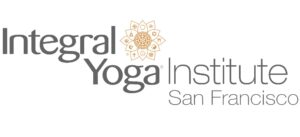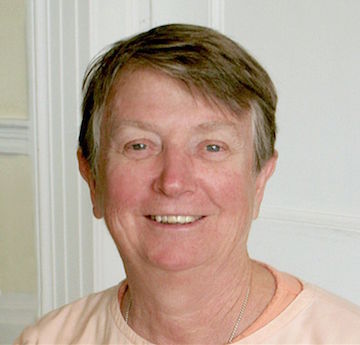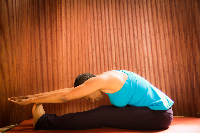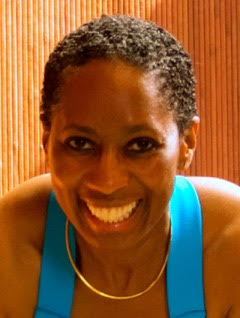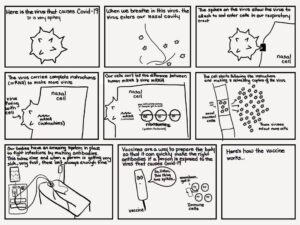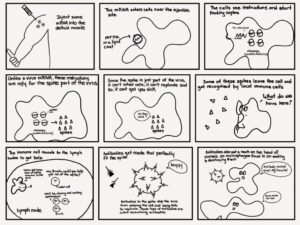Seva Through Kirtan
I hold a very special place in my heart for India and that is why I’m happy to help in whatever way I can during these challenging times. My work, practices and music have been influenced heavily by the richness of this culture. Traveling to Mother India has completely shaped my life and she has been very kind to me.
I think we are all quite aware of the ferocious wave of Covid that is devastating so many in India at the moment. That is why I am offering a Kirtan fundraiser to help. I have chosen 2 organizations (Indiaspora and GiveIndia) that are providing support and resources for critical patients and their families, and for boosting the oxygen supply and funding for life-saving equipment!
Many of you have been influenced in one way or another by the teachings of Yoga or Kirtan, transformative practices that stem from India. Both of these practices are based on relationship, interconnectedness, unity and love. Let your donation be a reflection of these principles and practices. Any and all support is essential at this time – no contribution is too little! Please join us for a Kirtan Fundraiser for India this Saturday, May 22 at 7:00pm PDT. Details HERE.
Thank you again for supporting our brothers and sisters in India.
Hari Om Tat Sat,
Astrud
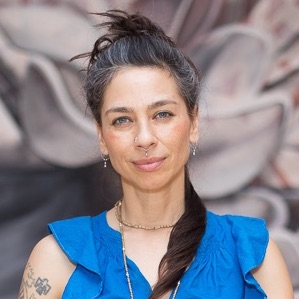 Astrud has been teaching yoga since 2001 and sharing Kirtan internationally for the last 15 years.
Astrud has been teaching yoga since 2001 and sharing Kirtan internationally for the last 15 years.
She trained in NYC at Laughing Lotus, currently known as Body and soul Yoga collective and is a senior teacher and teacher trainer. She has studied the basics of yoga therapeutics and Vedic chanting with T.K.V. Desikachar in India. Her teaching has been inspired by her mentor and friend Mark Whitwell over the last 20 years.
Astrud’s classes and kirtans are warm, welcoming and all inclusive.
Her love and relationship to Bhakti Yoga, the yoga of devotion, is always illuminated in her teaching and music.
Astrud leads annual pilgrimages to India, has travelled internationally leading Kirtan, teaches Bhakti yoga to teachers in training and currently lives at the IYI in SF.
